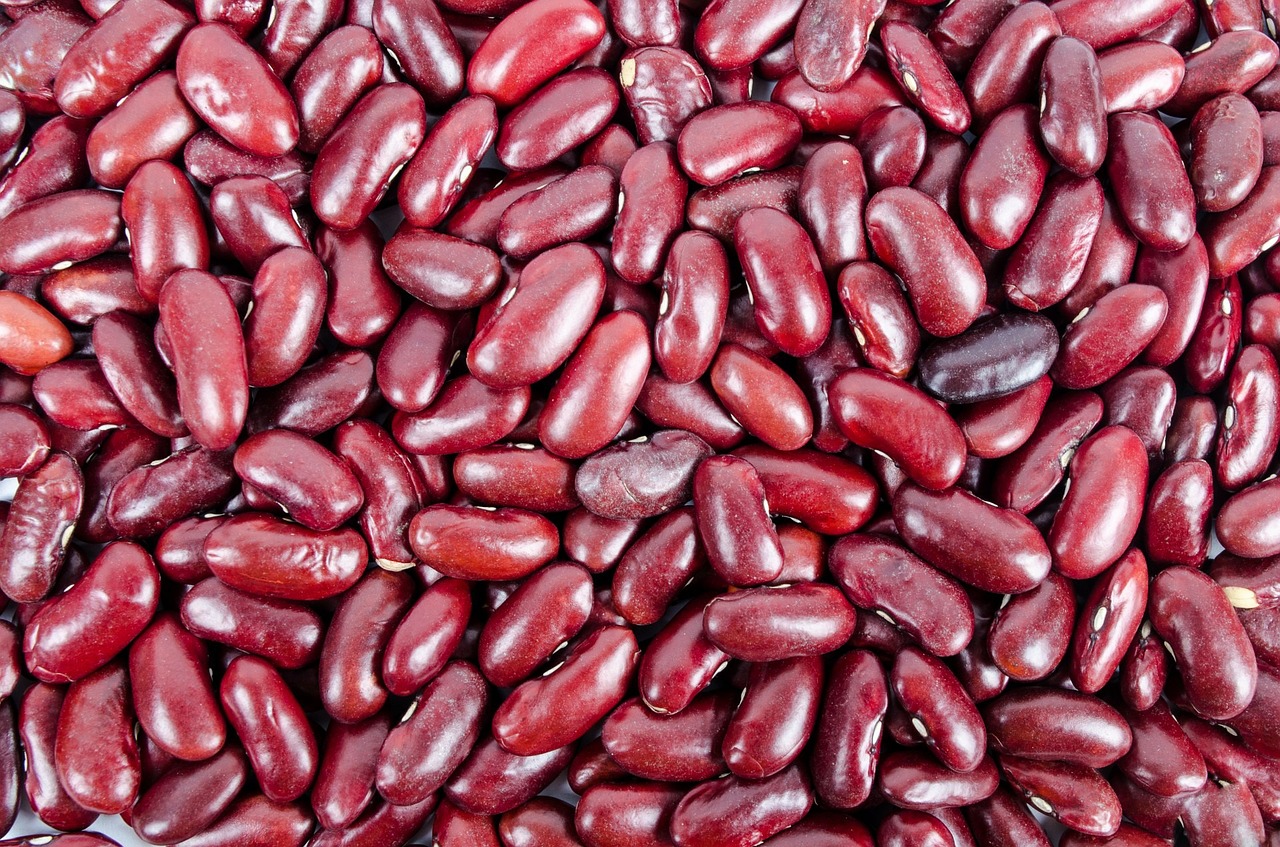Marsh et al (2014)

The following study is a quasi-experiment that examines a potential biological origin of prosocial behaviour. The study may be used as well for essays on research methods and ethics in the study of prosocial behaviour.
As with all research in the options, this study may also be used to answer questions on Paper 1 - specifically, questions about research methods, techniques used to study the brain and localization of function.
Psychopaths are individuals who demonstrate a failure to empathize with others and thus show anti-social behaviour. There is much research that shows that the brains of psychopaths are different from the brains of the average person. Research by Adrian Raine has shown that psychopaths have reduced amygdala responsiveness to fearful facial expressions as well as reduced amygdala volume. If this is true in psychopaths, Marsh wanted to know if the opposite would be true in "extraordinary altruists." Would they have larger than average amygdala volume and faster responsiveness to fearful facial expressions?
To study "extraordinary altruism," the researchers obtained a sample of people who had donated a kidney to a stranger. Donating a kidney to a stranger is a conscious decision to do something that significantly increases the risk to their own health. In this case, the donations were not made to a member of their own family. The sample was made up of 19 altruistic kidney donors (12 men; 7 women) recruited nationally using mailings and electronic advertisements through local and national transplant organizations. In addition, there were 20 controls who were matched for IQ, income, education, psychological history, and medication use. The age range was from 23 to 56 years old.
The study had three stages. The first stage was an emotion recognition task in an fMRI. Participants were shown images of faces showing one of six basic emotions (anger, disgust, fear, happiness, sadness or surprise). Each emotion was shown at either high or moderate intensity. There were five male and five female images shown for each emotion, for a total of 120 images (6 expressions × 10 exemplars × 2 intensity levels). When shown the image, they had to press a button to indicate which emotion was shown. The time taken to decide was measured.
The second stage was an MRI scan to determine the structure of their brains.
In the final stage, the participants took tests to measure their level of psychopathy and empathy.
The study showed that extraordinary altruists had a greater average volume in the right amygdala than in the controls. The right hemisphere is associated with negative emotion. It plays a role in the expression of fear and in the processing of fear-inducing stimuli. In addition, there was a faster response time in the right amygdala to fearful facial expression than in the control group. These findings are the opposite of what has been shown in research studying psychopaths. This means that there may be a biological basis for altruistic behaviour.
- The researchers acknowledge that this is a reductionist argument for altruistic behaviour. Acts of extraordinary altruism are likely to reflect a combination of biological, psychological and social factors.
- The study is a quasi-experiment. Therefore, a cause and effect relationship cannot be determined.
- Using averages is problematic when drawing conclusions from a small sample size of MRI scans.
- The fact that one is in an fMRI may lead to artefacts - that is, anxiety from being in the tunnel could account for activity in the amygdala.
- Since kidney donors make a well reasoned, thoughtful and conscious decision, this is not representative of all altruistic behaviour.

 IB Docs (2) Team
IB Docs (2) Team
